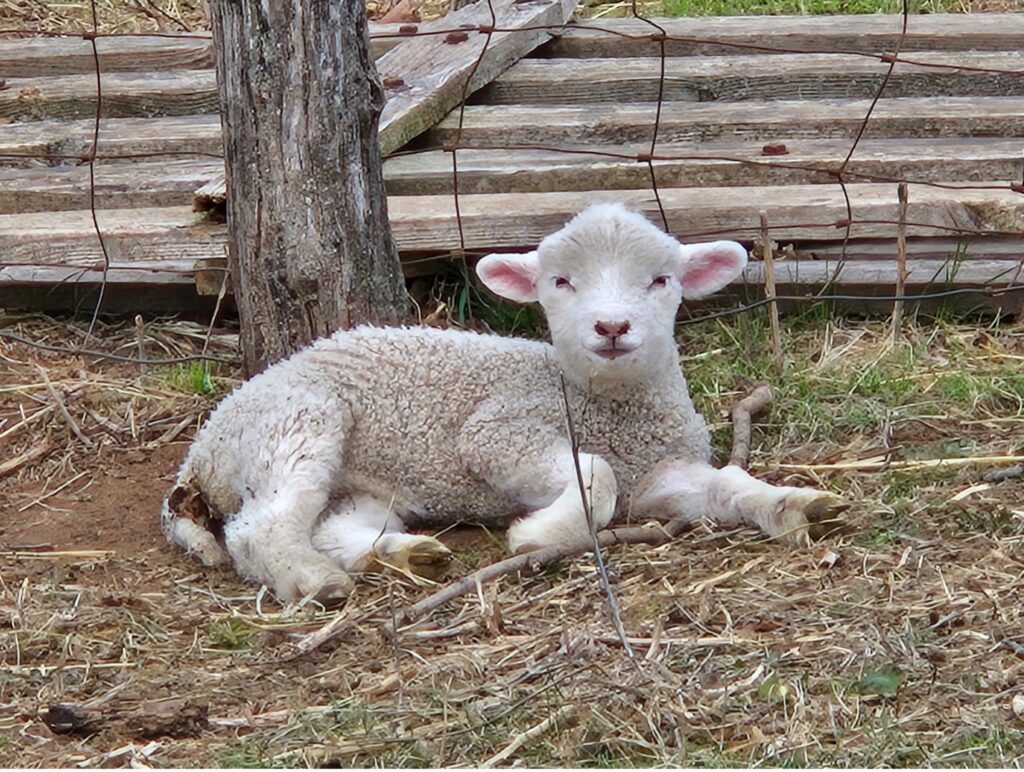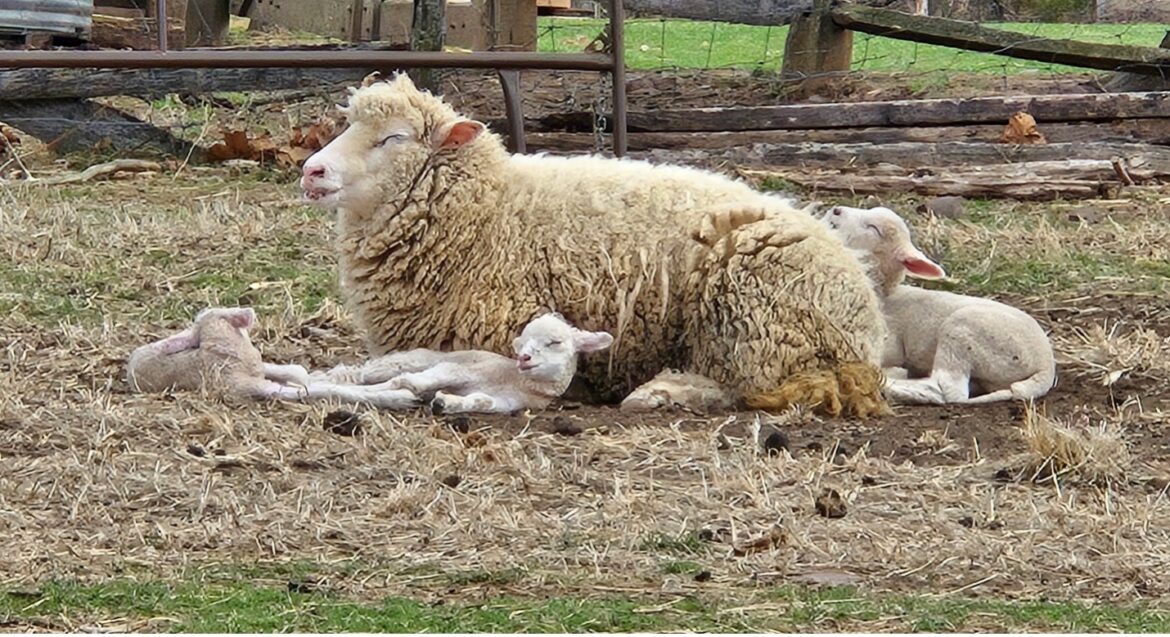Every spring at Howell Living History Farm, there’s a buzz of anticipation surrounding “Lambing Day.” Visitors and staff alike gather in the sheep barn, hoping to witness one of the season’s most heartwarming events: the birth of a lamb.
Of course, the timing is always up to the ewes. Lambing season stretches over several weeks, and while the farm staff stands ready to assist if needed, nature mostly takes the lead. Like humans, ewes in labor show signs of discomfort—pawing the ground, lying down and getting up, or stretching.

This year, I was lucky enough to witness several lambs take their first breaths. I lost count of how many arrived today, but each one was met with awe and joy. What amazed me most was how quickly some were up on their feet, already trying to walk—wobbly but determined. Others chose to ease into life, resting beside their mothers before standing to nurse. Most are on their feet and feeding within the first hour!
How many lambs does a sheep typically have? It varies, but the average is between three and six. A larger number can sometimes mean complications during birth, especially if the lambs become tangled in utero. Thankfully, everything seemed to go smoothly today.

The new lambs quickly began mimicking their mothers—nuzzling close, following behind, and stopping for frequent sips of milk. The barn was full of life and energy, and so was the crowd that came to welcome these woolly newcomers.
I highly recommend a visit to Howell Farm this spring. You might just catch a glimpse of new life, feel the promise of spring in the air, and experience a pure and unforgettable burst of cuteness.
Learn more about Howell Living History Farm on their website.
photos courtesy of KBRobinson Photography







